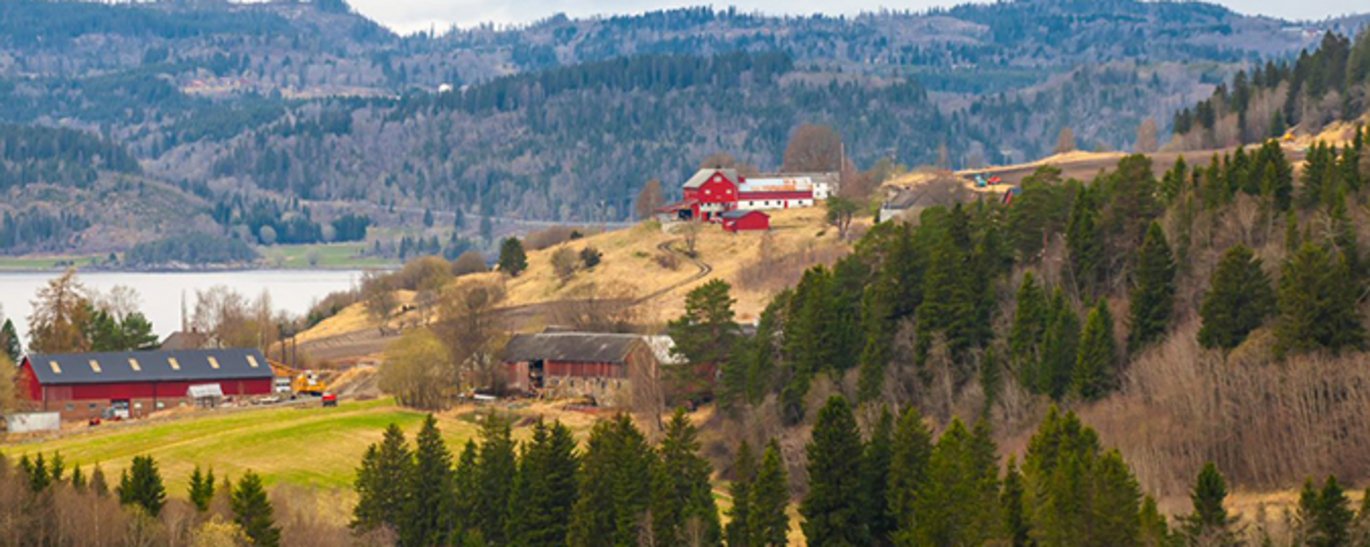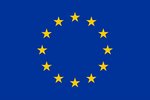Self-sufficiency in feed - views of stakeholders
Countries across Europe are attempting to increase their self-sufficiency in feed production. However, the understanding of self-sufficiency and what constitute barriers to self sufficiency among actors in the value chains for meat and dairy products is quite diverse.

Through focus group meetings with actors in the value chains for meat and milk production in Norway and Sweden, actors’ views on self-sufficiency in feed was explored in the CORE Organic project PROREFINE. According to the actors, self-sufficiency in feed can be relevant at different levels: farm level, municipal or county level, national, Nordic and even European level. To be self-sufficient in feed at the farm level is often seen as neither easy to achieve nor a practical solution.
The importance of self-sufficiency
According to the actors, self-sufficiency in feed is important for several reasons:
- Food security. To be self-sufficient in feed at the national level is important in case of crises that may influence the availability and price of imported feed, e.g. war, volcanic eruption, and extreme climate conditions such as high/intense rainfall or drought.
- The ecological cycle. When feed production chains are short (e.g. contained within a farm or a region) it ensures that nutrients remain within the ecological system.
- When self-sufficiency in feed increases, the need to transport biomass over longer distances is reduced, thus lowering greenhouse gas emissions.
- Norway and Sweden have a moral responsibility to increase self-sufficiency and not import feed from poor countries where we exploit cheap labour.
- It maintains employment in rural areas
- Consumers’ acceptance and branding of local feed production may improve the image of the food system and strengthen domestic production
Barriers for increasing self-sufficiency
Across different understandings of self-sufficiency, the actors mentioned the following barriers:
- Goal conflicts between greenhouse gas emission reductions and resource utilizatio
- A shortage of available land to increase protein production
- Economic costs for farmers increasing their own production of feed or buying local protein feed (e.g. from the same region)
- Knowledge gaps among actors in the value chain concerning how to grow new protein rich plants and how process the crop to ensure effective local value chains of feed production
- Local feed production demands new logistical solutions that may be challenging to establish
- Shortage of available labour for local, regional or national feed production.
Another point raised in the discussions was the real need for protein feed in husbandry. The question was whether contemporary demand for increased production and efficiency has contributed to the high need for protein feed. These issues will be further explored as the PROREFINE project proceeds.
Authors
Brit Logstein, Ruralis. Institute for rural and regional research, brit.logstein@ruralis.no, www.ruralis.no
Gunn-Turid Kvam, Ruralis. Institute for rural and regional research, gunn.turid.kvam@ruralis.no, www.ruralis.no
Editor: Karin Ullven / Design: Christine Dilling
